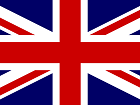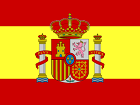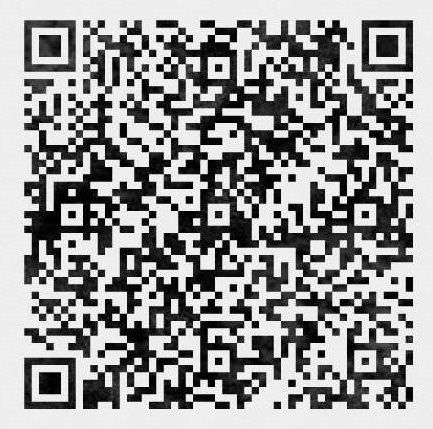Definition
The Harmonized Commodity Description and Coding System, also known as the Harmonized System (HS) of tariff nomenclature is an internationally-standardized system of names and numbers to classify traded products. It came into effect in 1988 and has since been developed and maintained.
HS CODE, is a common term in international trade, one of the most important elements to bring standardization.
Structure
The full code is consists of 10 digits. Only the first 6 digits is universal worldwide. The full code for one product in country A may be different from that in country B. (will be explained below)
The HS code consists of 6-digits. The first two digits designate the HS Chapter. The second two digits designate the HS heading. The third two digits designate the HS subheading. HS code 1006.30, for example indicates Chapter 10 (Cereals), Heading 06 (Rice), and Subheading 30 (Semi-milled or wholly milled rice, whether or not polished or glazed).
.jpg)
To ensure harmonization, the contracting parties to the Convention on the Harmonized Commodity Description and Coding System, have agreed to base their national tariff schedules on the HS nomenclature and Legal Notes. Parties are permitted to subdivide the HS nomenclature beyond 6-digits and add their own Legal Notes according to their own tariff and statistical requirements. Parties often set their customs duties at the 8-digit "tariff code" level. Statistical suffixes are often added to the 8-digit tariff code for a total of 10 digits.
Application
HS code are used by Customs authorities, statistical agencies, and other government regulatory bodies, to monitor and control the import and export of commodities through:
1.Customs tariffs
2.Collection of international trade statistics
3.Rules of origin
4.Collection of internal taxes
5.Trade negotiations (e.g., the World Trade Organization schedules of tariff concessions)
6.Transport tariffs and statistics
7.Monitoring of controlled goods (e.g., wastes, narcotics, chemical weapons, ozone layer depleting substances, endangered species)
8.Areas of Customs controls and procedures, including risk assessment, information technology and compliance.
Companies use HS codes to calculate the total landed cost of imported products and parts, and to identify selling and sourcing opportunities abroad.

 English
English Spanish
Spanish Arabic
Arabic